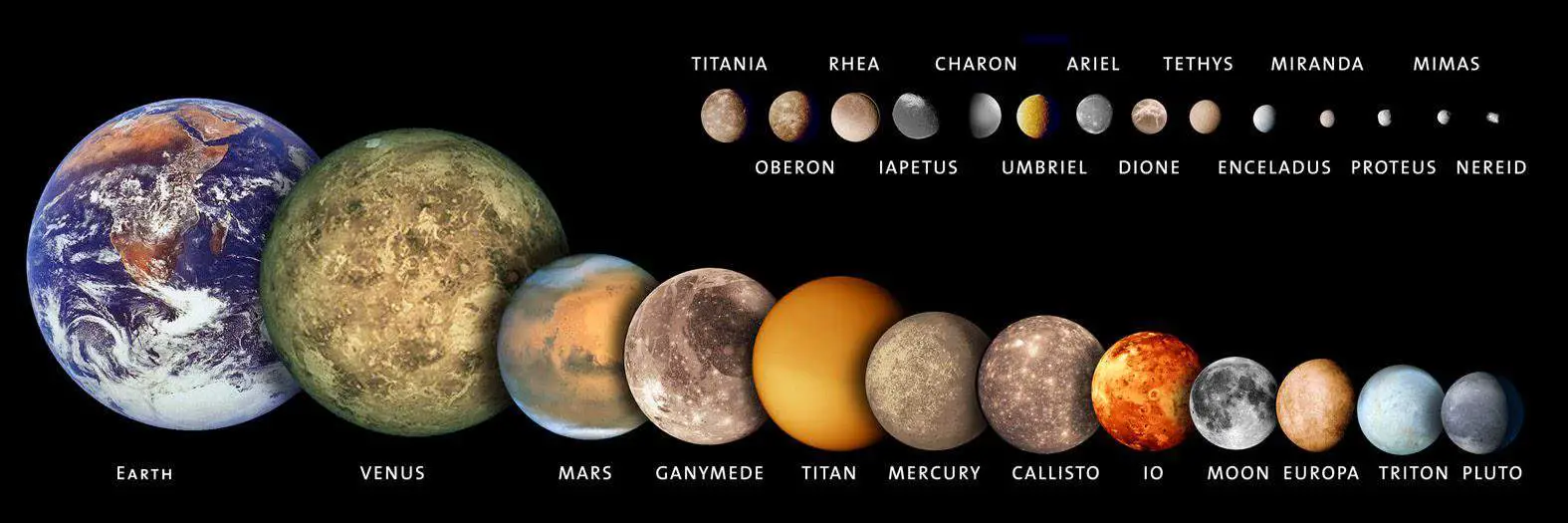
Size comparison of the Sun and the Our
Our star (the sun) has 8 planets: Mercury, Venus, Earth, Mars, Jupiter, Saturn, Uranus, and Neptune. Though these planets share a common place in the Universe, they are vastly different in composition, temperature, distance from the sun, and size. But how different are these sizes? To demonstrate this we can use a 1 pound chunk of clay.

Meet the Family Size comparison Solar system Solar system projects, Our
Between small planets in the solar system and the biggest stars, the size difference is enormous, for example, the diameter of the star Betelgeuse is 141,863 times larger than the diameter of the Earth. This page shows pictures of some comparisons between the sizes planets and between stars.

solar system poster showing the relative sizes of objects in the solar system. Solar system
Compare sizes for the planets and sort them by order from the Sun or by size. Planets' size, mass, and gravity. Number of moons, distance from the Sun and Earth, and composition.

in real size stock illustration. Illustration of comparison 161358694
All NASA Science Resources Solar System Sizes Contents The Solar System: Planet Sizes Downloads The Solar System: Planet Sizes Mercury - 1,516mi (2,440km) radius; about 1/3 the size of Earth Venus - 3,760mi (6,052km) radius; only slightly smaller than Earth Earth - 3,959mi (6,371km) radius
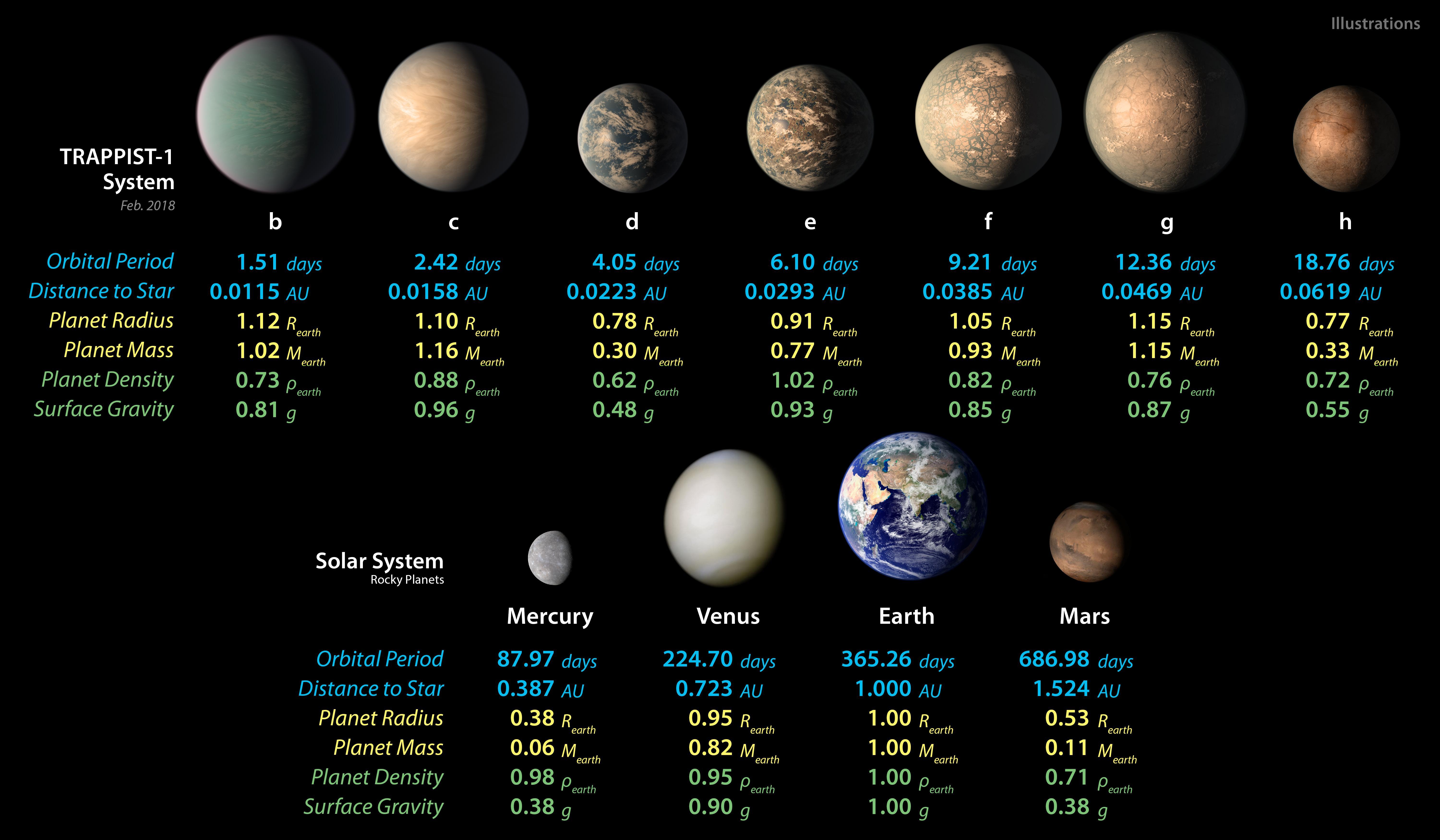
TRAPPIST1 sizes compared to solar system The Society
NASA. May 22, 2012. Image Article. Comparative sizes of planets discovered by Kepler. Image credit: NASA/Kepler Mission/Wendy Stenzel. Comparative sizes of planets discovered by Kepler. Jupiter, Neptune and Earth are shown for comparison as well. "RE" in the diagram means size relative to Earth or. RE = Radius of the planet in Earth radii.
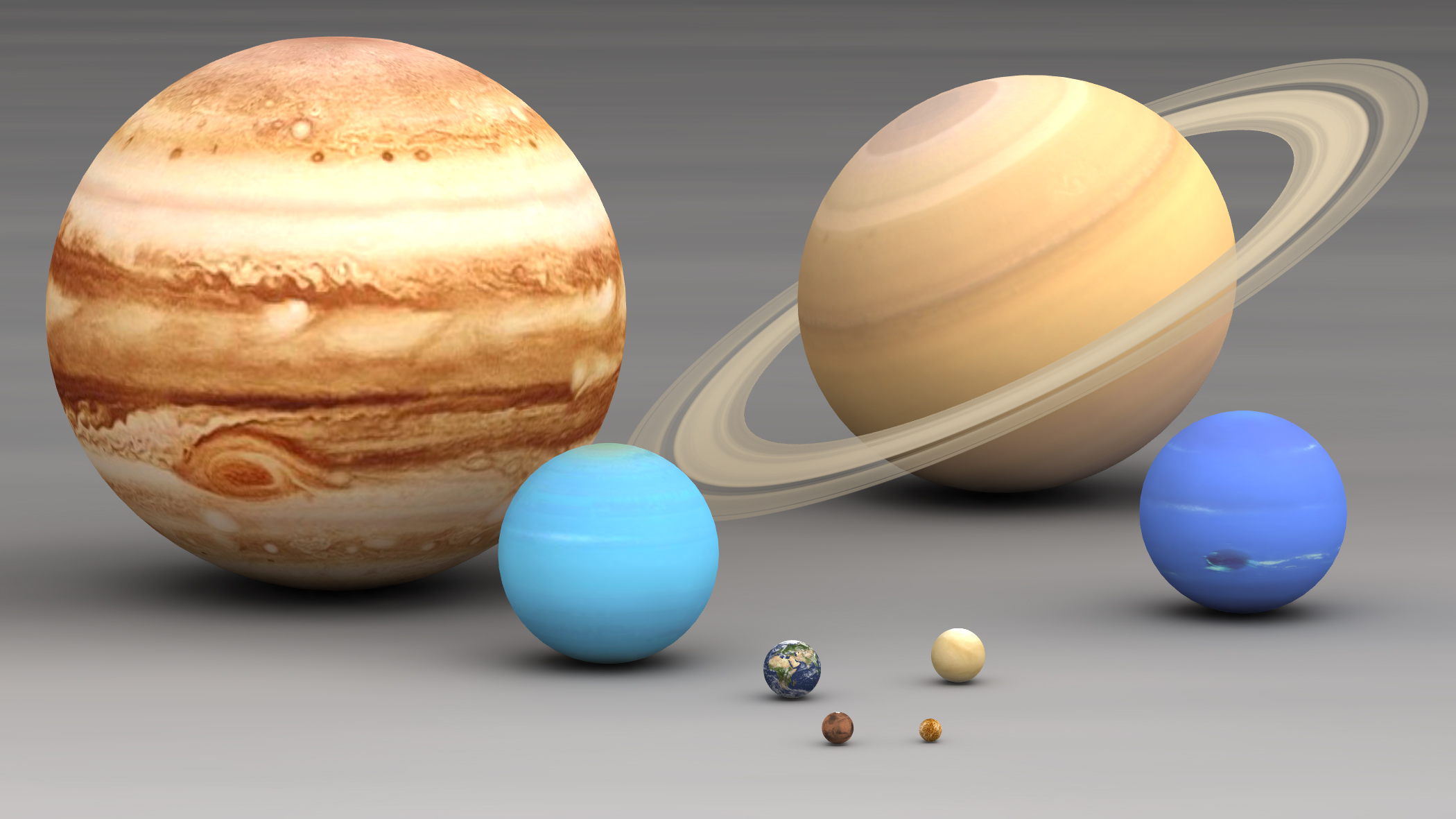
FileSize comparison.jpg
Solar System Sizes and Distances Distance from the Sun to planets in astronomical units (au): Planet Distance from Sun (au) Mercury 0.39 Venus 0.72 Earth 1 Mars 1.52 Jupiter 5.2 Saturn 9.54 Uranus 19.2 Neptune 30.06 Diameter of planets and their distance from the Sun in kilometers (km): Planet Diameter (km) Distance from Sun (km)

The Size of and moons, Jupiter
Planet Compare Units of Measure: NASA's real-time science encyclopedia of deep space exploration. Our scientists and far-ranging robots explore the wild frontiers of our solar system.

Size of in Order Diameter of Comparison David Reneke Space and Astronomy News
Discover the vastness of our solar system in this comprehensive guide! Join us as we compare the sizes of planets, from the smallest to the largest.
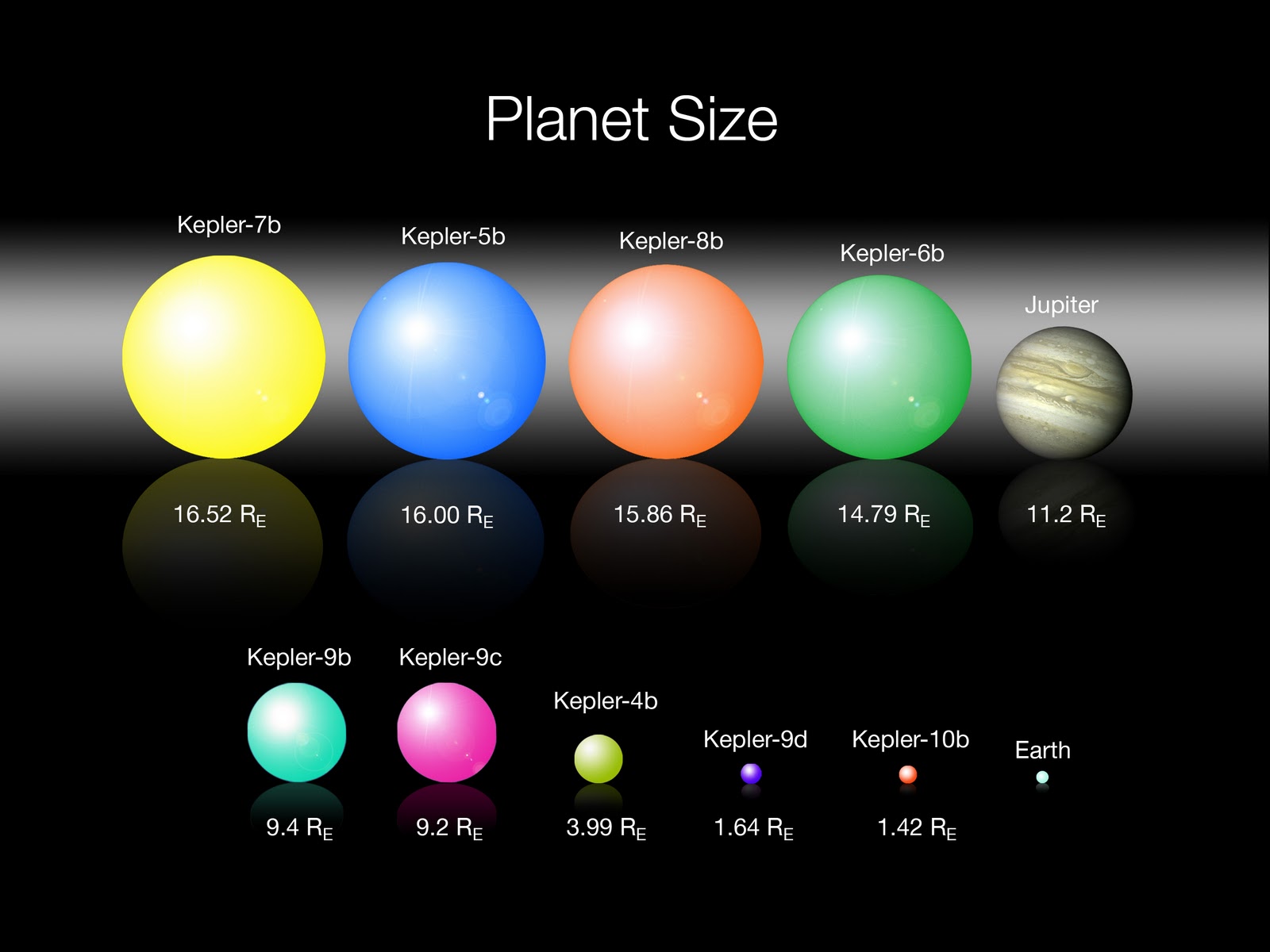
Size Order
Planets in our Solar system size comparison. Largest to smallest are pictured left to right, top to bottom: Jupiter, Saturn, Uranus, Neptune, Earth, Venus, Mars, Mercury. Via Wikimedia.
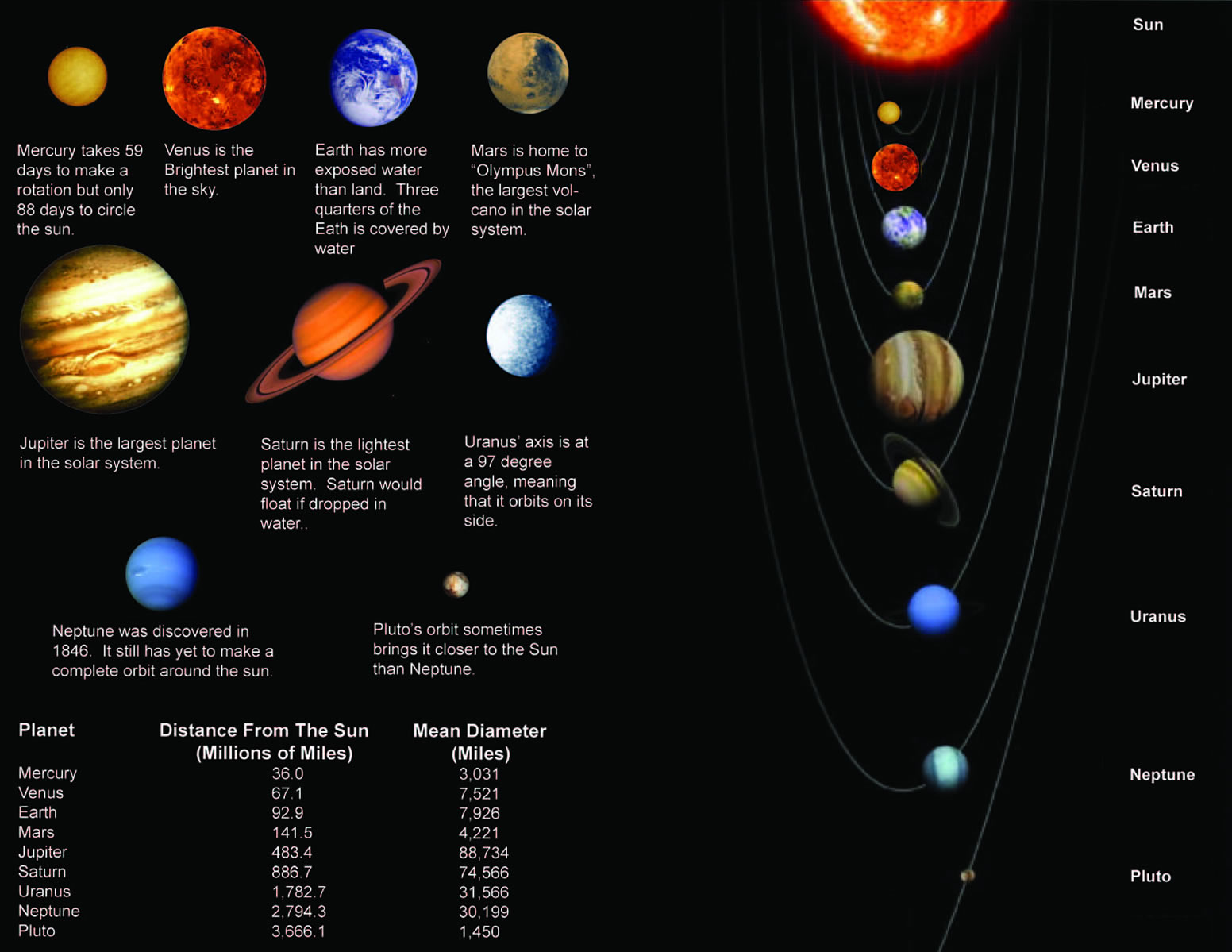
The Size Comparison
Planet Size Comparison | 3D Size Comparisons of the Universe KLT 1.94M subscribers Subscribe Subscribed 32K Share 16M views 4 years ago #KidsLearningTube #SizeComparison #planets Learn about.

FileTelluric size comparison.jpg Wikimedia Commons
2.2M 151M views 6 years ago Planets in our Universe can get extremely large, but stars get even bigger. In this video we explore the sizes of moons, planets, stars, and even beyond, including.
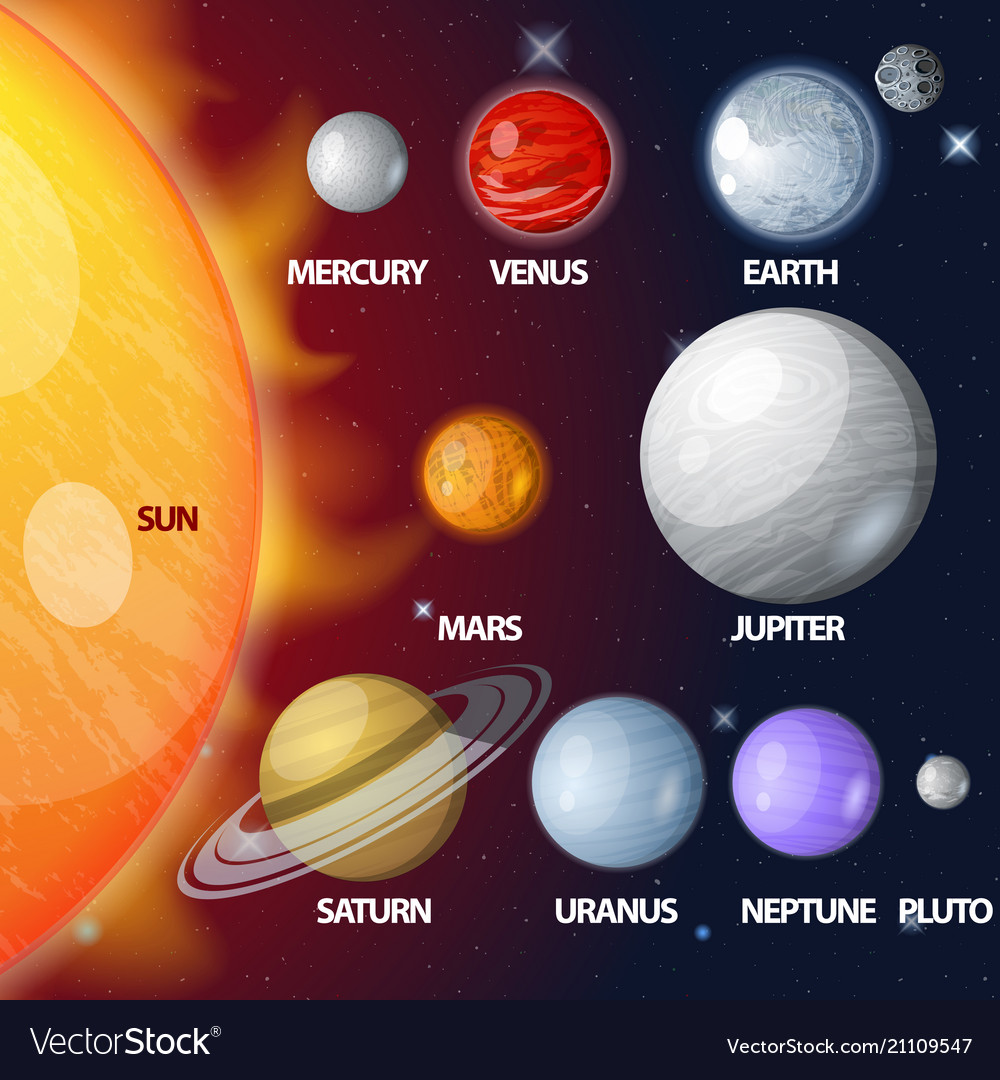
of the solar system exhibited by size and Vector Image
A simple way to compare the sizes of our solar system's planets, the sun and the moon. You can compare them side by side or with the smaller object positioned on the surface of the larger one.. Investigate using shaders to make the planets more realistic - e.g. the Sun; Probably much, much more I haven't thought of yet;

of Our Solar System Size Comparison 3D of our solar system size comparison
1. Jupiter is the largest planet in the solar system at 139,822 km in diameter. This means that Jupiter is actually more than 28.5 times larger in diameter than the smallest planet, Mercury. 2. Saturn measures out to be 116,464 km in diameter. This makes Saturn over 9 times bigger in diameter than the Earth.
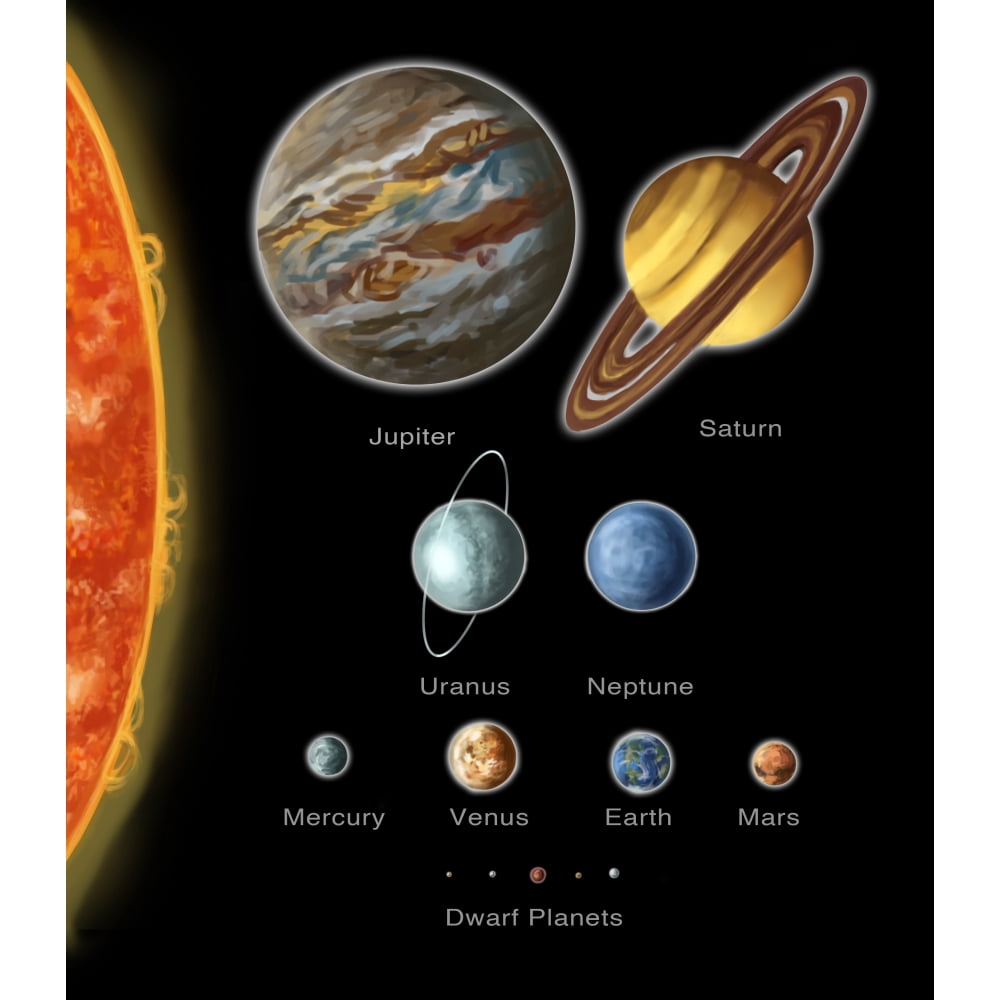
Relative Size of in Solar System Poster Print by Spencer SuttonScience Source Walmart
Comparison of Planet Sizes: Solar Systems Audience: 3rd grade and older This slide shows how dramatically different the planets in our solar system are in size. Some of the smallest bodies in our solar system are shown in the first view, from Ceres to Earth; in the second view, Earth is next to Jupiter and other larger planets.

Solar System Size Comparison 3D YouTube
The planets' apparent size is measured in arcseconds ("). For comparison, the Sun and the Moon measure about 1800 arcseconds. Brightness. We measure the apparent brightness of celestial bodies in magnitude. The brighter a planet shines, the lower the magnitude value. Negative numbers indicate that the planet is very easy to spot in the night.

Buy and Starts Size Comparison Poster Educational Space Series Wall Art Print for
The Inner Planets. In order from the Sun, the inner planets are Mercury, Venus, Earth, and Mars: Mercury - The smallest planet in our solar system, Mercury's radius is about 2,440 km (1,516 mi), making its diameter roughly 4,880 km (3,032 mi). It is about 0.38 times the size of Earth. Venus - Venus has a radius of approximately 6,052 km.